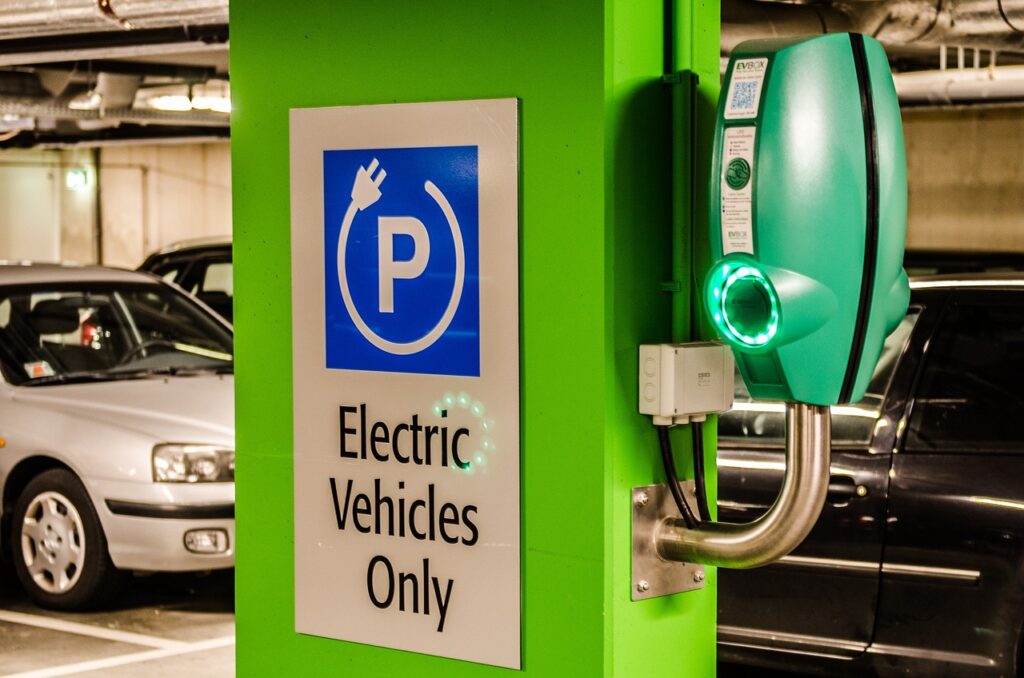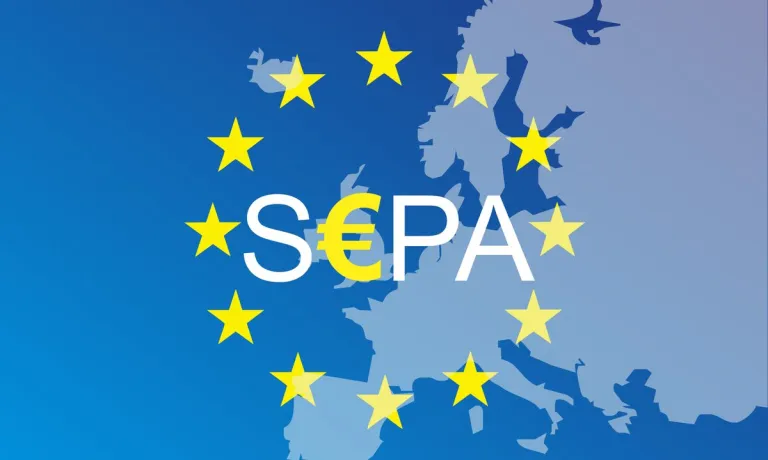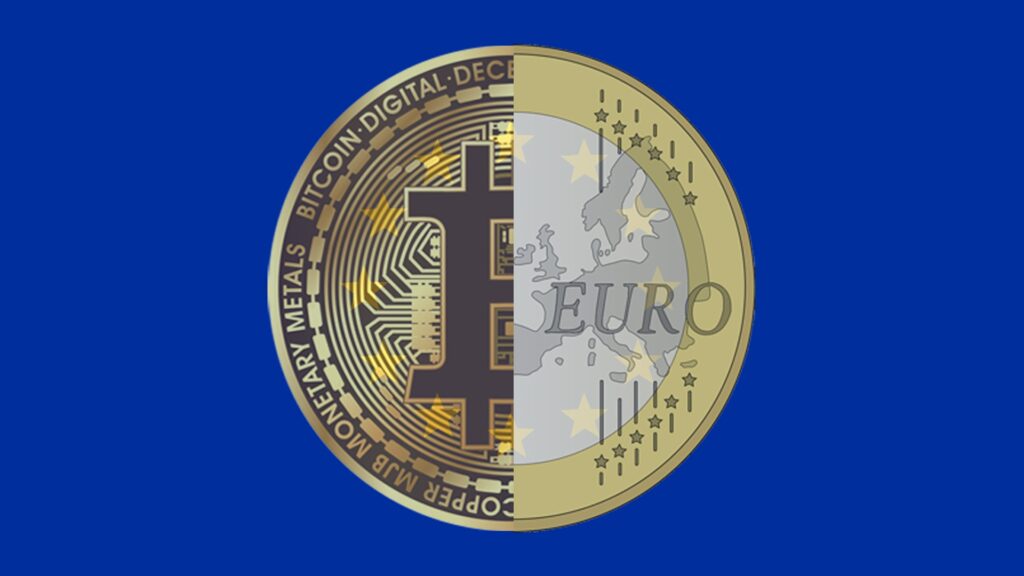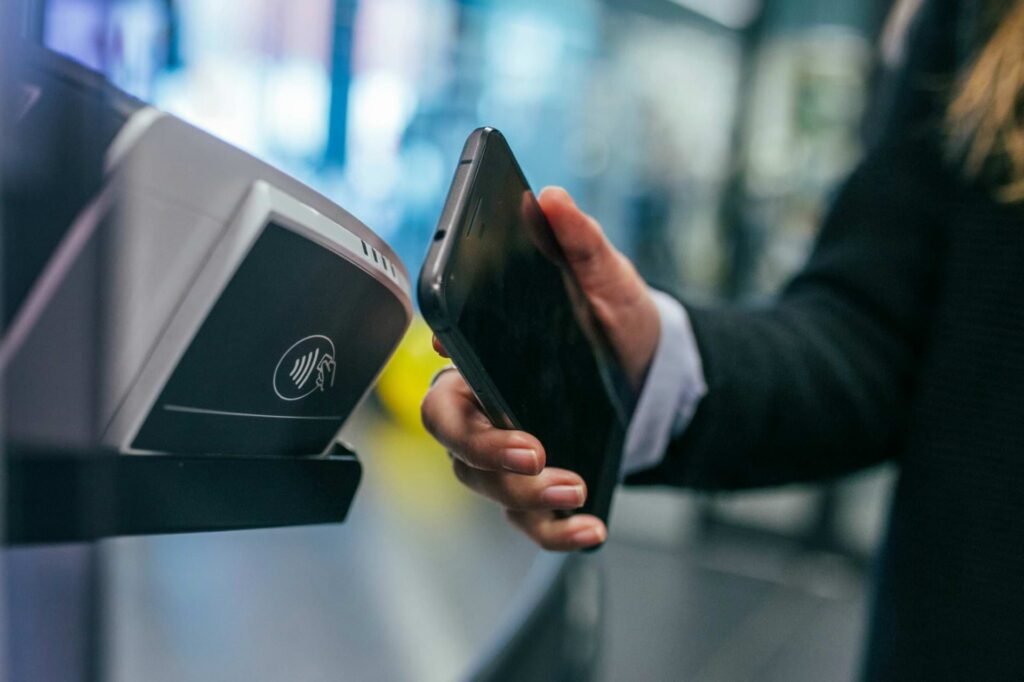The Commission’s proposals
The study contains a very comprehensive review of literature on market trends, in-depth legal research in selected EU Member States, and primary fieldwork through interviews and an online survey. As we expected, the main recommendations, organised in three “pillars”, are largely in line with our forecast from June last year:
Pillar 1 – Scope and exclusions: to avoid fragmentation of the Single Market and regulatory arbitrage, closer coordination between national supervisory authorities is necessary to avoid divergent application of the PSD2 requirements. For instance, different approaches to banning surcharges, different requirements for payments and e-money business and different policies by national antitrust authorities regarding Big Techs between member states. The study proposes consolidating PSD2 and the Second E-Money Directive (EMD2) into one single Directive. To determine which activities fall under PSD2 and which do not, the study proposes to define payment services in an abstract way, rather than the current comprehensive list of types of payment services.
Pillar 2 – Open banking: the Commission proposes a number of improvements through more standardisation and interoperability. As for strong customer authentication (SCA), existing barriers to account information services should be reduced by requiring SCA only once per account. This makes SCA comparable to a standing order. As long as the account holder does not revoke the “standing order”, it will remain in effect.
Pillar 3 – the study contains a list of proposals for data protection (which calls for more coordination between EBA and the competent data protection authorities) and customer protection.
A full blown PSD3 may still be a long way off, but since the PSD2 is due for serious maintenance, the proposals will undoubtedly find their way into European legislation.
Meanwhile, banks are defining an open banking scheme…
While the European Commission aims to address the legal, technical and operational issues of the current PSD2, the European banking community is working to professionalize open banking. The so-called SEPA Account Access (SPAA) rulebook provides a set of rules and standards for banks and third-party providers to access and use payment account information. This rulebook, which is under construction by the EPC, specifically addresses the PSD2 “access to payment data” issue described in our article. While PSD2 provides general requirements for accessing banking data, it does not entail a detailed technical and operational framework for accessing and using this information. The SPAA rulebook fills the gap, providing a more specific and detailed framework for banks and third-party providers within the SEPA area. This includes technical and operational requirements for accessing account information, such as authentication, security, privacy, and liability issues. With SPAA, it seems that Europe is finally catching up with the UK, which thanks to the OBIE has years of experience with detailed industry guidelines regarding open banking.
… and see a business case
The SPAA rulebook also provides specific standards for premium API-based services which are, for now, all optional. These premium services include credit transfer, direct debit, payment certainty mechanisms, e-mandate and future-dated and dynamic recurring payments, thereby “looking beyond” PSD2. While providing access to the current account under PSD2 is a free service, banks apparently see a future revenue model in offering these new services to third party providers. Hence the term “SPAA scheme” is used. SPAA will be based on Payment Initiation Services (PIS) via the SCT Inst rails. The opportunity for banks and third-party providers to enter the scheme as participants will open on 1 September 2023. The SPAA scheme’s effective date is 30 November 2023.
In a presentation at the Future of Payments Conference, 16 March 2023 in Amsterdam, the EPC announced that starting from payments, the aim of SPAA is to move to finance beyond payments and eventually to move beyond finance.
After struggling for a long time with the market’s need (and pressure from the Commission) to provide access to customer accounts and thereby enable innovation, European banks seem to have come to recognize that it is better to embrace open banking – and make money from it.
Beyond PSD2: a new pan-European payment scheme?
The market is now wondering which development will prevail in the coming months and years. Both located in Brussels, the EPI Company is paving the way for the European Payments Initiative (EPI), while the EPC is developing the SPAA scheme. Much like EPI, SPAA aspires to become the prelude to the long awaited pan-European payment system. We wonder how long the EPI founders and members will continue to spread their bets. After all, they keep investing scarce resources and money in both projects, with no clear indication that these will eventually converge.
In any case, PSD2 will enter a new phase in the near future, which is good news for new players developing innovative services based on open banking.
Note
(1) European Commission, Directorate-General for Financial Stability, Financial Services and Capital Markets Union, Bosch Chen, I., Fina, D., Hausemer, P., et al., A study on the application and impact of Directive (EU) 2015/2366 on Payment Services (PSD2), Publications Office of the European Union, 2023, https://data.europa.eu/doi/10.2874/996945










